Essex plus Chuefei washing Wokayega native boutique coffee beans grindability roasting degree treatment
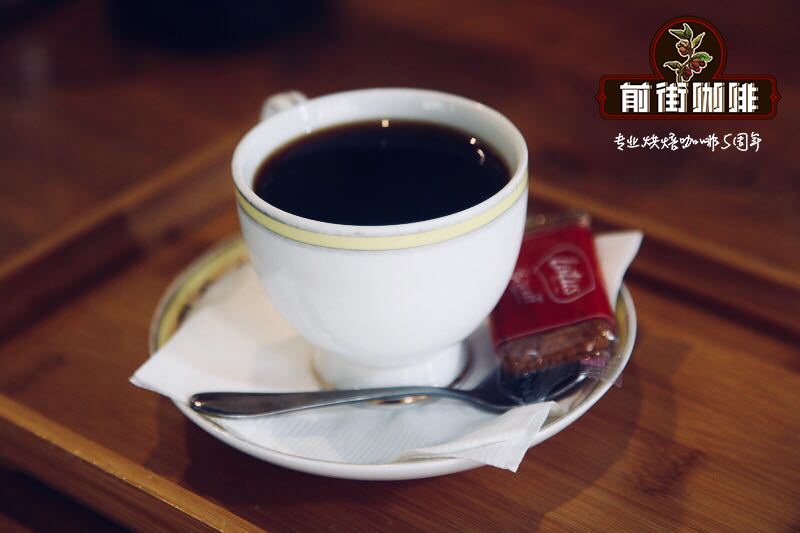
Professional coffee knowledge exchange more coffee bean information please follow the coffee workshop (Wechat official account cafe_style)
Yirgacheffe Worka Washed G1
[Yega Chuefei washes Wauka]
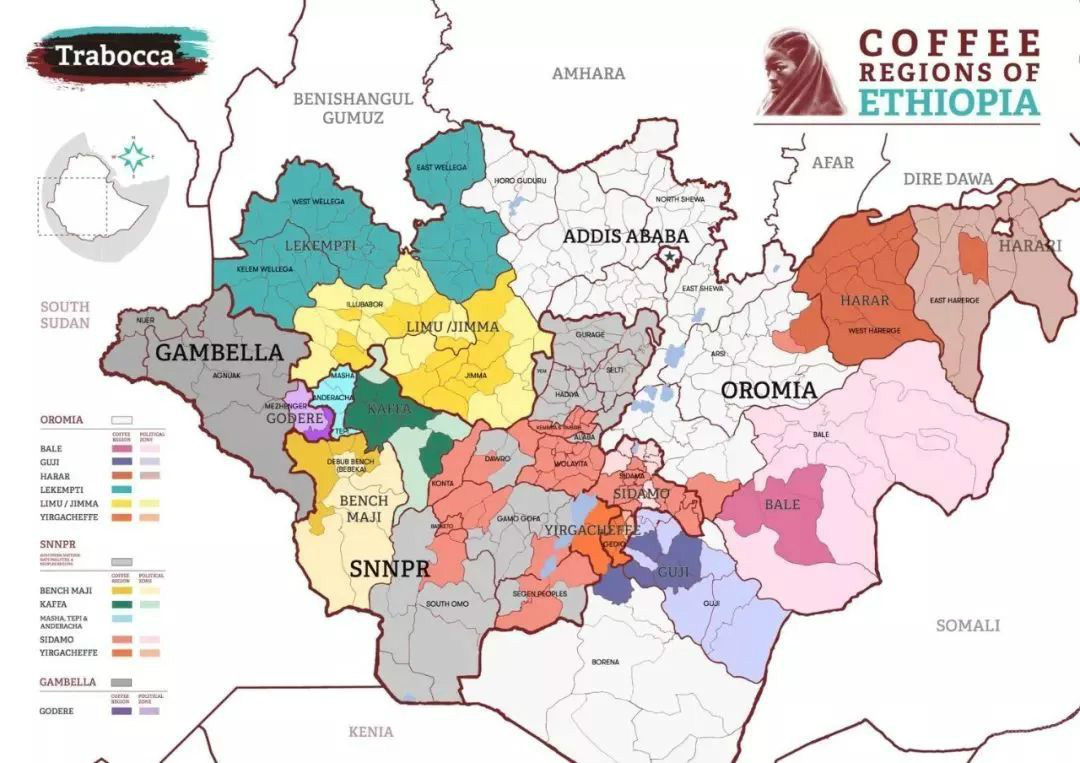
Country: Ethiopia
Grade: G1
Production area: Worka Waka
Baking degree: shallow baking
Treatment: washing
Variety: native species
Processing plant: Waka cooperative
Flavor: lemon, kumquat, white grape juice
| 01 | production area profile |
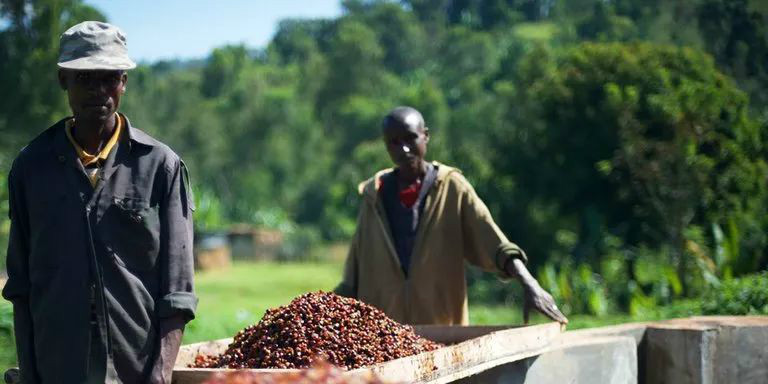
Yirga cheffe is a small town in Ethiopia, 1700-2100 meters above sea level. It is also synonymous with Ethiopian boutique coffee. Since ancient times, it has been a wetland. The ancient saying "Yega" yirga means "settle down", and "cheffe" means "wetland". Therefore, Yejia Xuefei means "let us settle down in this wetland".
Yejia Xuefei (boutique producing area): 1800m above sea level; 2000m above sea level | Pastoral coffee system |
Yega Xuefei is affiliated to the Sidamo producing area, which is separated separately because of its unique flavor.
In addition to the small town of Yega Xuefei, it also includes three by-product areas around Wenago, Kochere, Gelena and Abaya.
There are large and small villages, micro-producing areas, cooperatives and treatment stations under Yejashafi. In most parts of Ethiopia, coffee farmers are still living a very difficult life, and they do not have enough capacity to build family-style processing works. as a result, there will be many treatment stations that focus on buying coffee fruits from nearby small farmers, processing them, and then selling them to raw bean merchants.
Coffee trees are mostly planted in farmers' own backyard or mixed with other crops in the field, the yield per household is not much, it is a typical rural coffee. Yega Xuefei won the prize beans almost from the above-mentioned coffee villages and communities. The so-called "Yega Chuefei" refers to the strong aromas of jasmine, lemon or lime acid, as well as peach, almond or tea. The phrase "coffee entrance, flowers in full bloom" is best described, just as flowers promote the comfort of taste buds and olfactory cells in the nasal cavity. In addition to the fragrance of flowers, the delicate thickness of body, like silk massage in the mouth, feels wonderful. At present, many coffee chemists begin to study the microclimate and soil and water around Yega Xuefei, in order to sum up the planting equation of fine coffee.
Strictly speaking, Yega Xuefei is a by-product area of Ethiopia's Sidamo Sidamo province, located northwest of Sidamo, with a mountain with a lake, is one of the highest coffee-producing areas in Ethiopia. Yejaschuffe itself is a small town of about 20, 000 people, and the three neighboring producing areas, Wenago, Kochere and Gelena Abaya, are also classified as Yejasuffe because they produce coffee with almost the same flavor as Yejasuffe. However, the mode of production and flavor here are so outstanding that Ethiopian coffee farmers compete to be proud of the flavor of their coffee, so they are independent from Sidamo and become the most famous producing area in Africa.
02 | Waka Cooperative
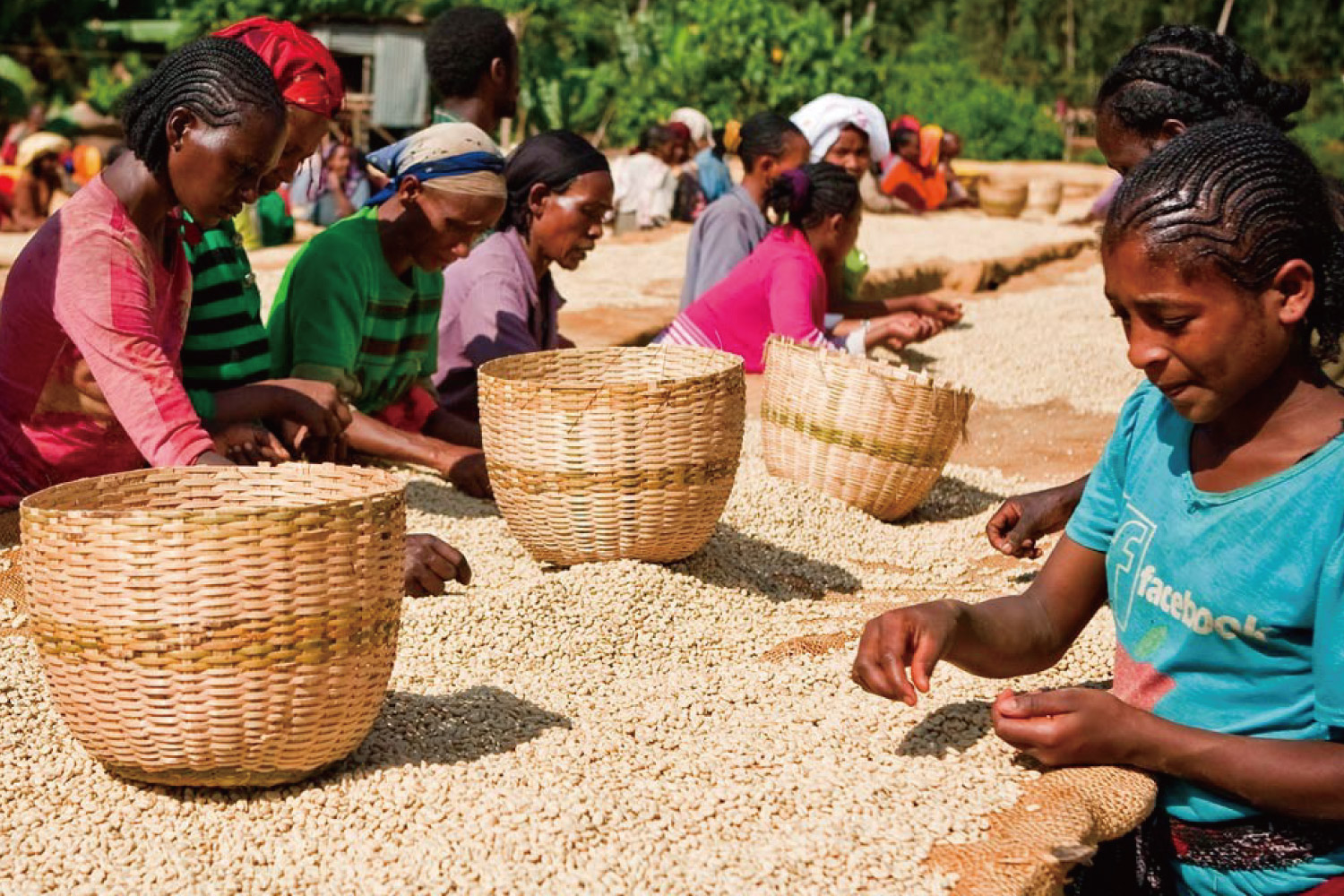
Washing Ethiopia can reach the highest level of G1, which is very rare.
The bean comes from a single farm, Ethiopia, and is processed by the Waka Cooperative (Worka cooperative). Alemayehu Alako Farm is a member of the Waka Cooperative.
Woka Cooperative was founded in 2005 and joined the famous Yejia Coffee Farmers Cooperative Union (YCFCU,Yirgacheffe Coffee Farmers Cooperative Union) that year, which is famous for producing high quality sun Ye Jia Xuefei. The Waka Cooperative has about 300 coffee farmers. YCFCU was founded in 2002 and includes 26 other cooperatives serving more than 45000 coffee farmers.
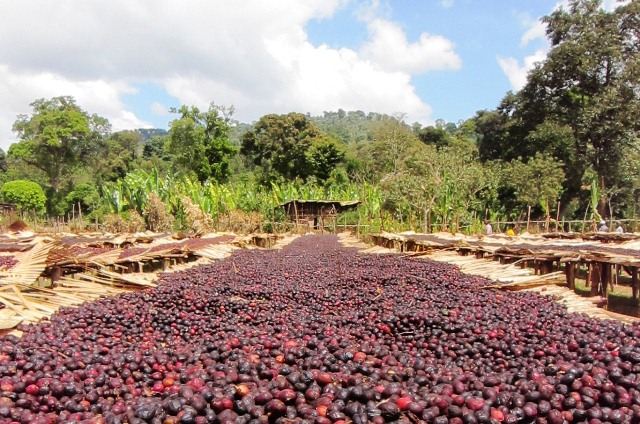
Woka is located in the southeastern Jietipu producing area (Gedeb) of Yejia Sheffield. In the early years, the area used the name of Waka to export locally produced coffee beans, or handed over to the Waka Cooperative for processing. But in the past two or three years, independent and single sources have been excavated by coffee hunters all over the world, such as Banko Gotiti, Banko Dadhato, Halo Bariti, and so on. Guodingding Village is the first village area that was independent a few years ago, and many self-employed small farmers were also members of the Waka Cooperative, so the technology of producing coffee is not to mention.
Woka Cooperative, located in the south of Gedeb District, was founded in 2005, and joined the famous Yejia Coffee Farmers Cooperative Union (YCFCU,Yirgacheffe Coffee Farmers Cooperative Union) that year, which is famous for producing high quality sun Ye Jia Coffee Farmer. The Waka Cooperative has about 300 coffee farmers. YCFCU was founded in 2002 and includes 26 other cooperatives serving more than 45000 coffee farmers.
03 | handling method
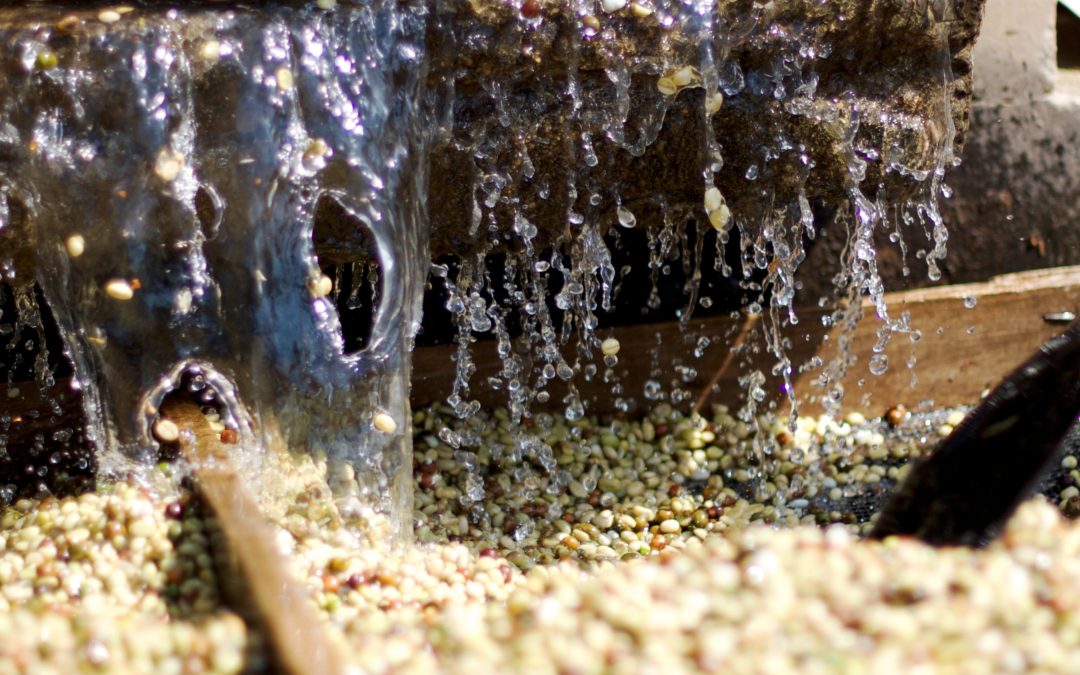
Most of the refining methods of Yirgacheffe are water washing (washed), which is placed in the washing tank for about 72 hours to be fermented and shelled, and some of the acid produced in the process of gelatinous fermentation will enter the bean. At the same time, because there is no pulp and gum attached to the parchment during drying, the unique fruit aroma of sun beans is missing, the flavor tends to be clean and bright, and the acidity is more obvious. Dry directly outside the factory building. After the raw beans are manually selected and qualified by the Ethiopian Coffee Cocoa Management Agency, they are traded and exported through competitive bidding.
Its annual output is about 225000 bags (each bag of 60kg). In the past, it was mainly sold to Northern Europe (mainly Germany) and Japan, and recently it has gradually attracted the attention of North America.
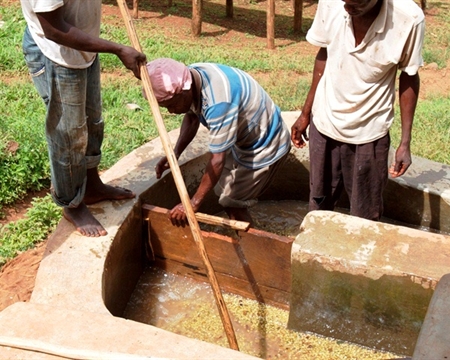
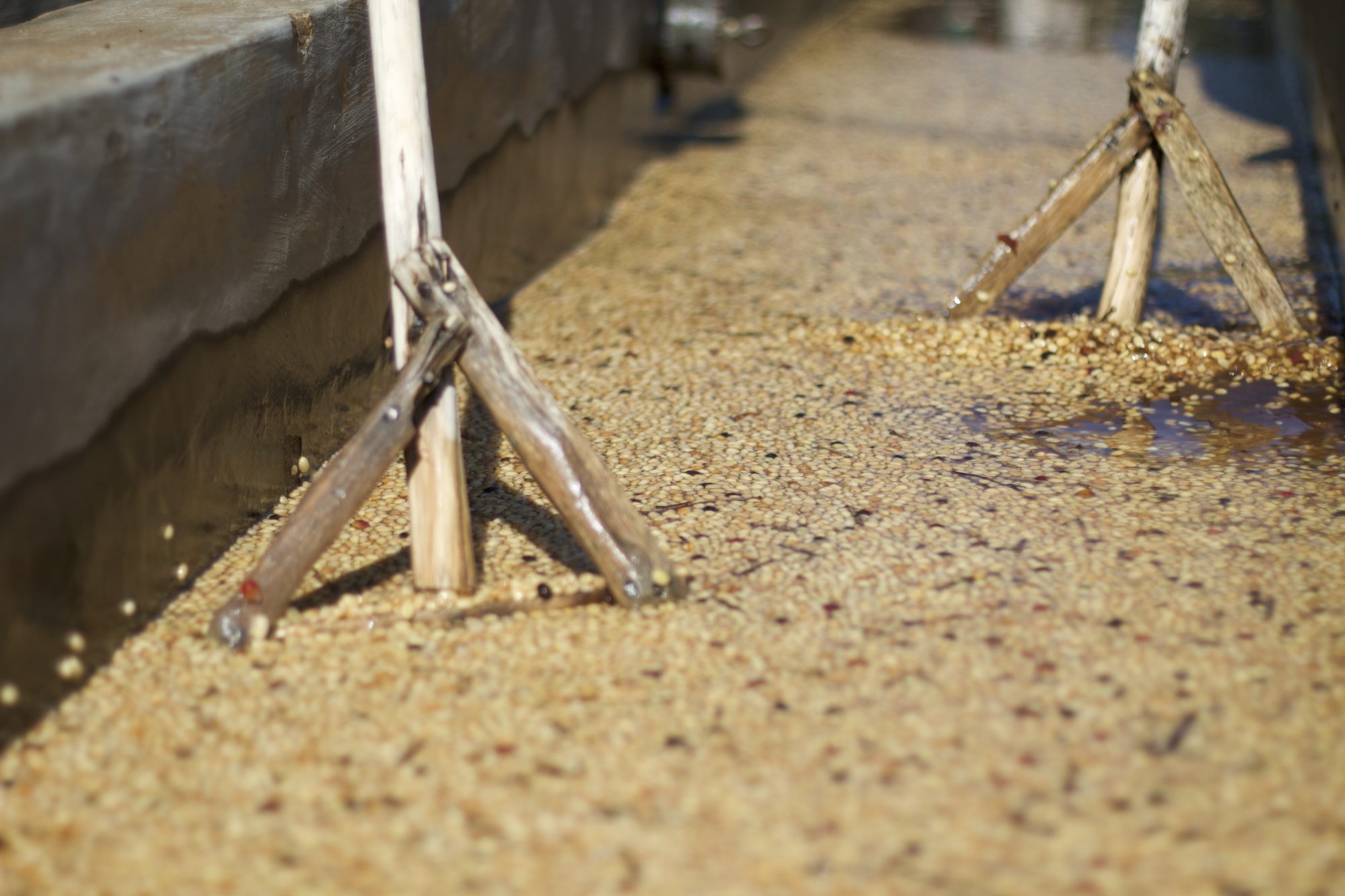
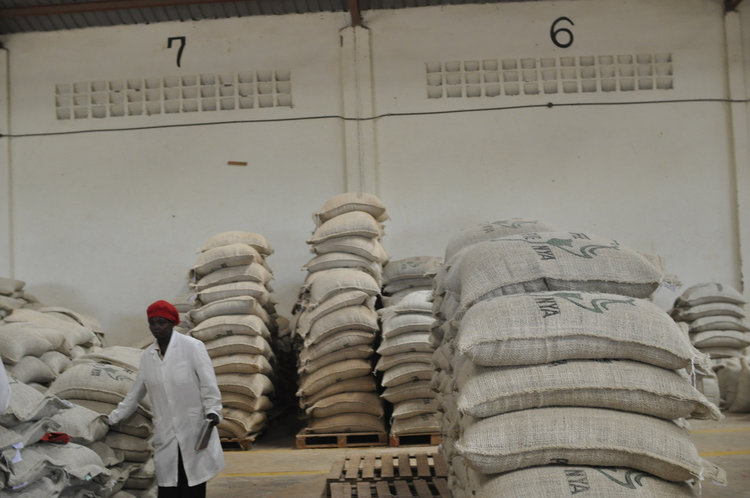
Water-washed coffee flavor is not easy to have wild flavor, with pure, refreshing characteristics, suitable for light baking degree; this washing Ethiopia can reach the highest grade of G1, which is already a grade with few defects.
04 | Analysis of raw beans
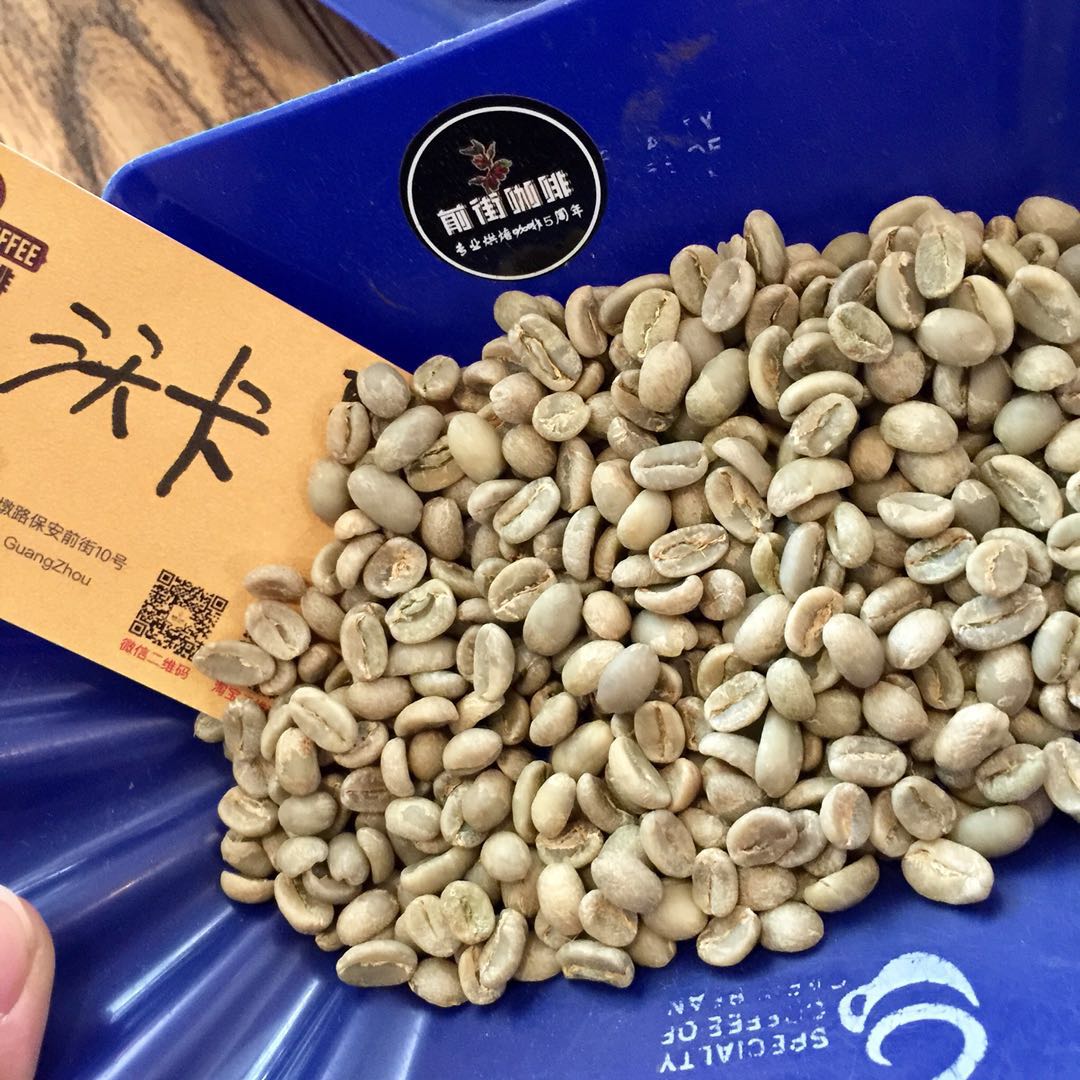
Heirlooms (native species) is the unique name of Ethiopia. Its varieties include Ironka, Mocha, Bourbon and so on. Kaffa is the cradle of Arabica coffee. Adding up to only a few hundred varieties (congenital or derived) from countries around the world, there are tens of thousands of species in this treasure house, most of which are still unclassified. Heirlooms (original species) is the unique name of Ethiopia (Ethiopia). It seems to tell the world that its varieties are all-inclusive and only need to be summarized in one word. Raw beans are turquoise and uniform in size.
Coffee beans in Africa are classified according to the proportion of defective beans. Indonesian beans are mainly divided into six grades, namely G1--G6. The highest grades of washed beans are G1 and G2, and those of sun-dried beans are G1 and G3.
What does that mean? As follows:
Washing: Grade-1;Grade-2 (G1 > G2)
Sun: Grade-1 and Grade-3--Grade-5 (G1 > G3 > G4 > G5)
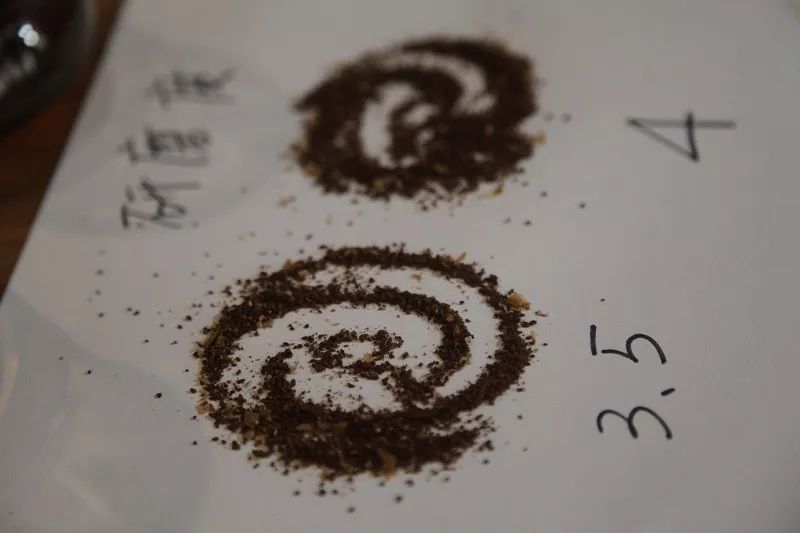
A few points to pay attention to:
A) Gr-1 is available both in washing and in the sun, provided that there is a "zero" defect and Premium Cup. Whether it's washing or tanning, Gr-1 rates the boutique of the boutique or Cup of Excellence coffee.
B) the lowest level of sun-tanned Shifei and Sidamo is Gr-4.
C) beans of the same level, such as Lim Gr-2, have both good and bad, depending on the sorting level and input of the exporter.
D) to meet the requirements of existing "zero" defects, Gr-1 beans (including those washed in water or in the sun) are extremely rare because of the high cost of processing and very few suppliers will do them.
05 | Baking analysis
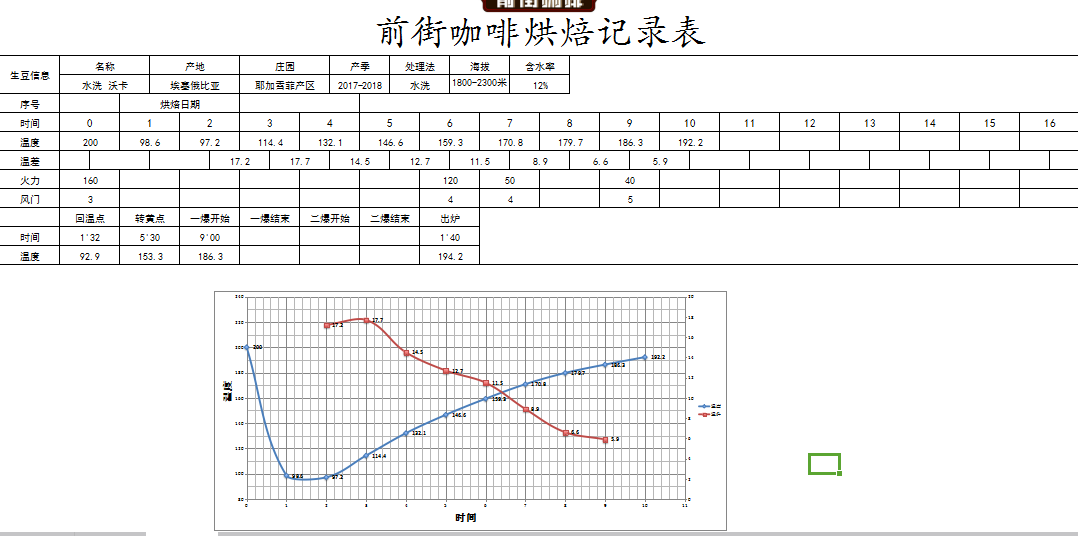
The bean density is quite hard, baking climbs with high firepower, and the yellowing point is about 5 minutes and 30 seconds, then lower the firepower and open the throttle to enter the Mena reaction, and once again reduce the firepower to prolong the Mena reaction time at 160℃. An explosion of about 186.3 ℃, this water-washed beans need to reduce firepower before the explosion to prevent climbing too fast and bitter. 194.2 ℃ at 1 minute and 40 seconds.
Roaster Yangjia 600g semi-direct fire
The furnace temperature is preheated to 200 degrees Celsius, the throttle is opened and fired, the firepower is adjusted to 160, the temperature recovery point is 1, 32, and the smell of grass disappears for 30 seconds, the smell of grass disappears, the firepower is reduced to 120, the throttle is opened to 4, and the firepower is reduced to 50 again at 170 degrees.
After eight minutes of dehydration, the bean surface appears wrinkled and black markings, and the smell of toast changes to coffee, which is a prelude to an explosion, when the firepower is reduced to 40, and pay attention to the sound of the explosion. The explosion began at 9:00, the firepower was adjusted by 40, and the throttle was all open for 5. The development time after an explosion is 1 minute and 40 seconds to 194.2 ℃.
Flavor: this bean is delicately washed, making the bean more sour and delicate, showing the sour taste of yellow lemon, the sweetness of caramel, the flavor of cream, lemon black tea, and the floral aftertaste.
06 | Cooking analysis
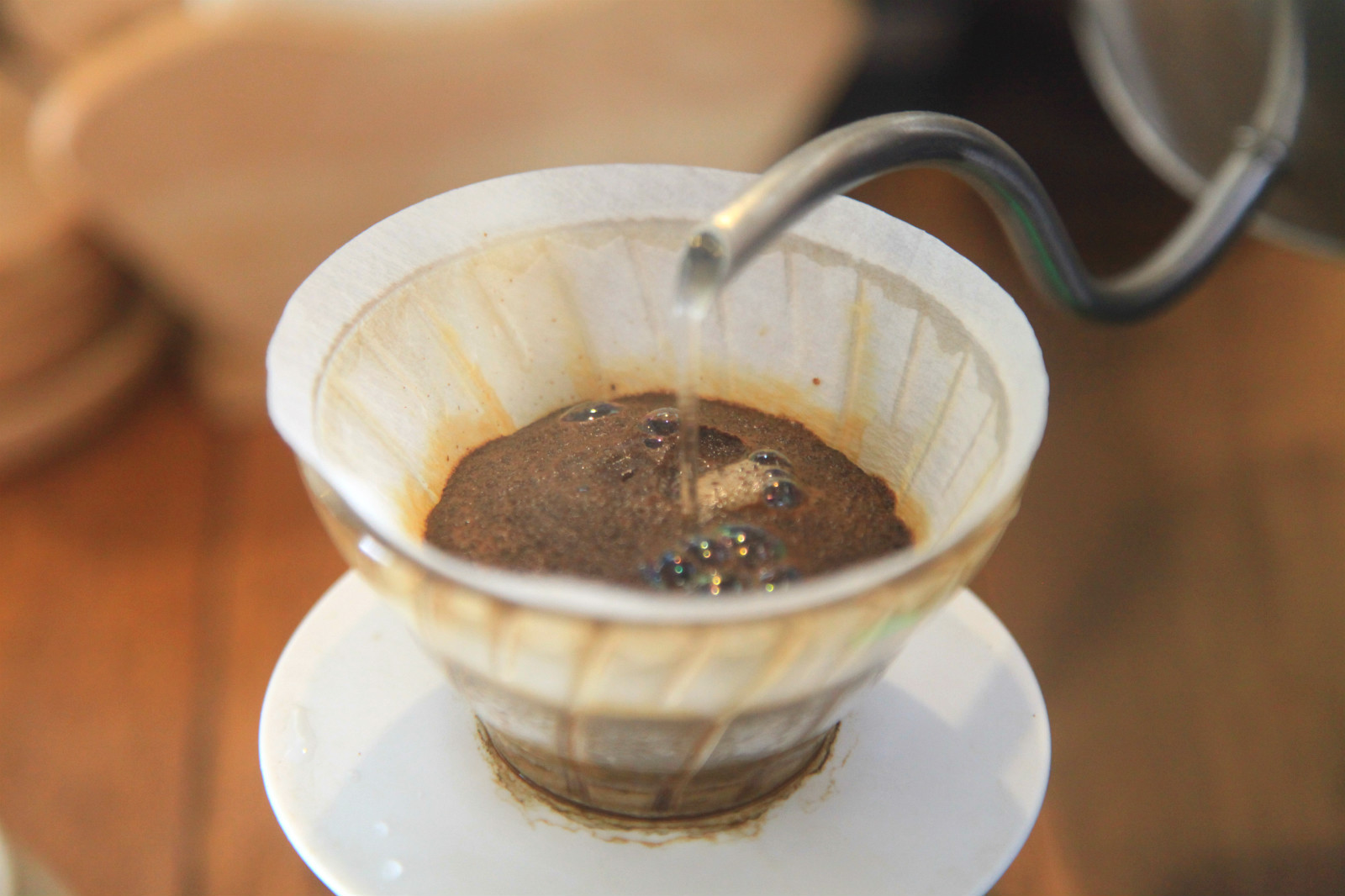
Segmented extraction method of three-stage water injection
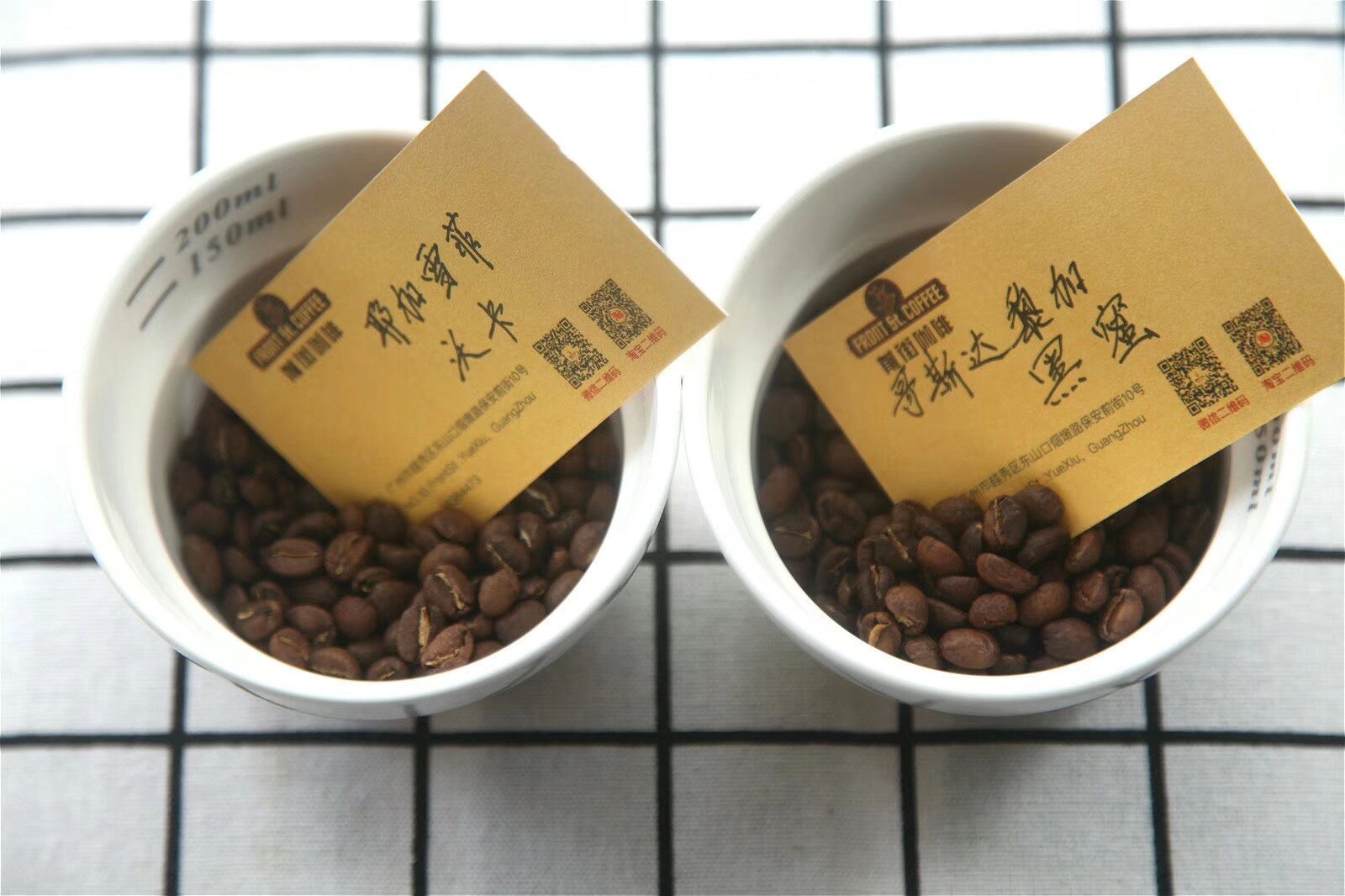
The layers are richer, and the flavor of the front, middle and back of the coffee can be clearly defined. The practice is to increase the amount of water each time after steaming, usually when the coffee liquid is about to drop to the surface of the powder layer, and use small, medium and large water flow to do three-stage extraction:
Recommended cooking methods: siphon, hand flushing
Degree of grinding: 3.5 (Japanese little Fuji R440)
V60 filter cup, 15g powder, water temperature 90 degrees, grinding 3.5.The ratio of water to powder is close to 1:15
Steaming in 30 grams of water for 30 seconds
Section: water injection to 120g cut off, slow water injection to 225g
That is, 30-120-225
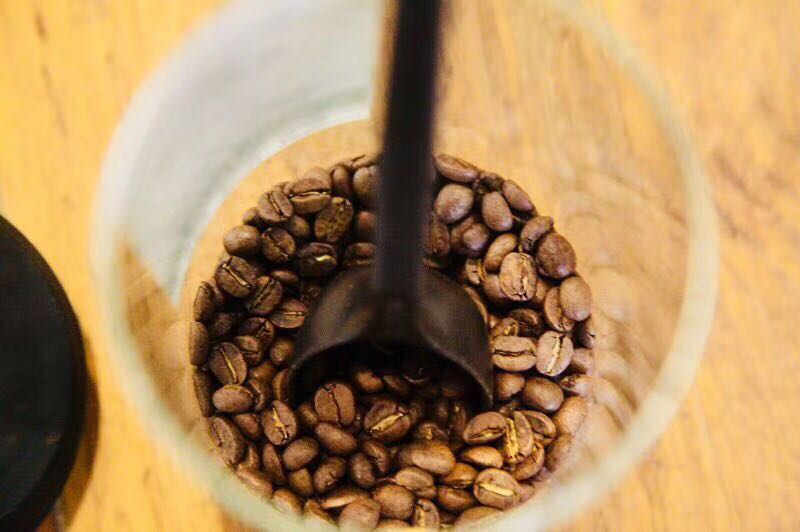
Other suggestions for trickling extraction:
Normal pressure, recommended 3.5-4 degree of grinding / water temperature 86-88 °C
Philharmonic pressure, recommended 2.5 grinding degree, water temperature 86-88 °C
Ethiopia Yega Cephalophene washing Yega native species Waka WorkaG1 single boutique coffee beans
Qianjie [Ice drop Formula]: Yega Sheffivoka 30g + Costa Rican Black Honey 30g Powder Water ratio 1Drex10 BG Grinding 3D (close to cup grinding)
Black honey has the scent of orange blossoms, caramel and cream. Coupled with Yegawaka, the caramel feeling is even more prominent.
It will also drink very refreshing with a little citric acid [wit], which is very suitable for a drink in the hot summer.
Important Notice :
前街咖啡 FrontStreet Coffee has moved to new addredd:
FrontStreet Coffee Address: 315,Donghua East Road,GuangZhou
Tel:020 38364473
- Prev
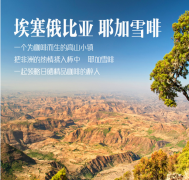
Essex plus Chuefei washing Wakayega native boutique coffee beans planting situation geographical location and climate
Variety: local native seed processing plant: Waka Cooperative flavor: lemon, kumquat, white grape juice Yejaschefine itself is a small town of about 20, 000 people, the three neighboring small producing areas Wenago, Kochere and Gelena Abaya, because the flavor of the coffee is almost the same, so it is also classified into the Yejaschafe area. Yega, snow, coffee, no.
- Next
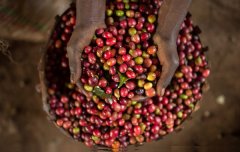
Front Street Ethiopian Sidamo Coffee Bean Sunlight Boutique Coffee Sidamo Guji Single Bean
Name: Front Street Cafe Address: Guangzhou City Yuexiu District Baoanqian Street No. 10 Factory Contact: 020-38364473 Ingredients List: Self-baked Shelf life: 90 Net content: 227g Packaging: Bulk Taste: Aromatic coffee beans Ripe degree: Coffee ripe beans sugar: sugar-free Origin: Ethiopia Coffee type: Other Roasting degree: Light Roast Ethiopian Sidamo S
Related
- Detailed explanation of Jadeite planting Land in Panamanian Jadeite Manor introduction to the grading system of Jadeite competitive bidding, Red bid, Green bid and Rose Summer
- Story of Coffee planting in Brenka region of Costa Rica Stonehenge Manor anaerobic heavy honey treatment of flavor mouth
- What's on the barrel of Blue Mountain Coffee beans?
- Can American coffee also pull flowers? How to use hot American style to pull out a good-looking pattern?
- Can you make a cold extract with coffee beans? What is the right proportion for cold-extracted coffee formula?
- Indonesian PWN Gold Mandrine Coffee Origin Features Flavor How to Chong? Mandolin coffee is American.
- A brief introduction to the flavor characteristics of Brazilian yellow bourbon coffee beans
- What is the effect of different water quality on the flavor of cold-extracted coffee? What kind of water is best for brewing coffee?
- Why do you think of Rose Summer whenever you mention Panamanian coffee?
- Introduction to the characteristics of authentic blue mountain coffee bean producing areas? What is the CIB Coffee Authority in Jamaica?

